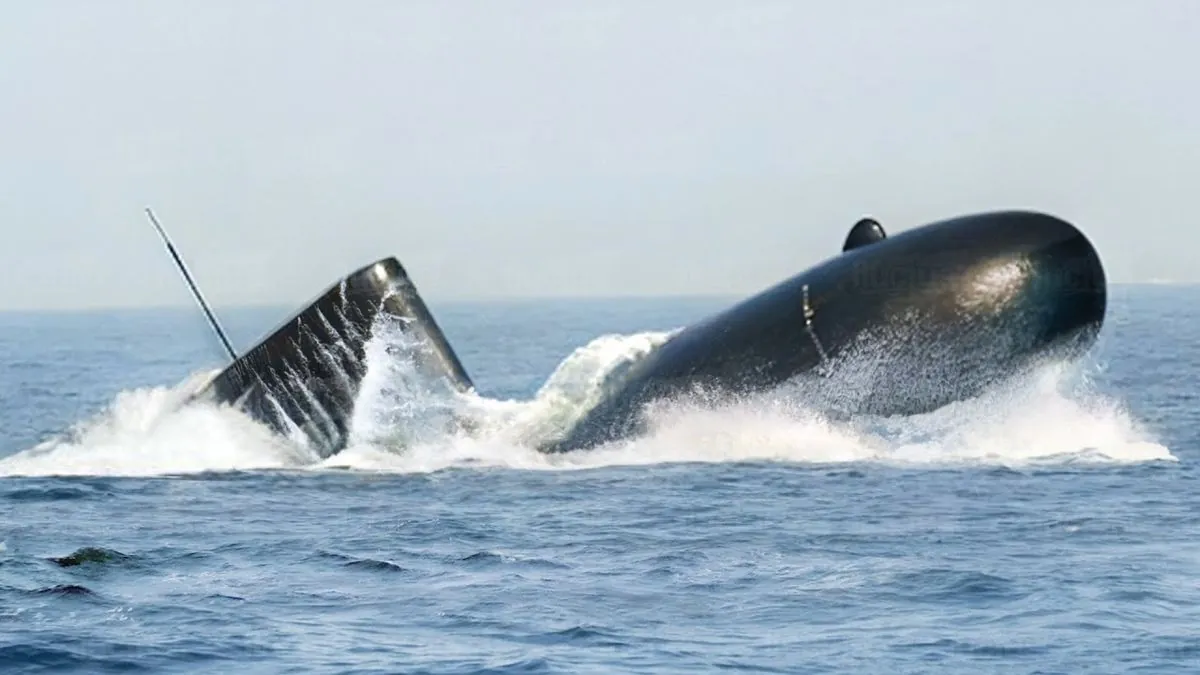The Aukus Pillar 1 project, a collaborative effort between Australia, the United Kingdom, and the United States, aims to design and construct a new class of nuclear-powered, conventionally armed submarines (SSNs). This initiative, announced on December 15, 2021, marks a significant shift in multinational defense cooperation, particularly in the Indo-Pacific region.
SSNs represent a quantum leap in submarine technology, offering unparalleled advantages over conventional diesel-electric submarines. Nuclear submarines can remain submerged for months, limited only by food supplies, and travel at speeds exceeding 25 knots while underwater. These capabilities make them ideal for Australia's vast maritime interests.
"The acquisition of SSNs will significantly enhance our maritime security capabilities, allowing us to project power across the Indo-Pacific region more effectively."
The decision to pursue SSNs through international collaboration stems from Australia's recognition of the challenges in developing such technology independently. With no existing nuclear industry, Australia would face prohibitive costs in creating the necessary infrastructure solely for submarine power plants.
The Aukus submarine project is set to unfold in phases:
- Training and familiarization (current phase)
- Regular visits of UK and US submarines to Perth (late 2020s)
- Delivery of US-built Virginia-class submarines to Australia
- Joint design and construction of a new submarine class
However, the project faces significant hurdles. Differences in operating methodologies between the US and UK navies present challenges in design and crew training. For instance, US submarine captains undergo extensive nuclear propulsion engineering training, while their UK counterparts focus primarily on maneuvering and combat skills.
Progress has been slow, with the Biden-Harris Administration only recently certifying the UK and Australia's regulatory systems as comparable to the US, nearly three years after the Aukus announcement. This delay has drawn criticism from some US lawmakers, who argue it benefits China's strategic interests.
The success of Aukus Pillar 1 hinges on sustained political will, adequate funding, and the ability to overcome technical and operational differences. While the project's outcome remains uncertain, its potential to enhance Indo-Pacific security is significant. The collaboration also offers the UK an opportunity to develop its Astute-class submarine replacement.
As the project moves forward, it will require careful navigation of political, financial, and operational challenges. The next 40 years will determine whether Aukus can deliver on its promise of a powerful trilateral submarine fleet based in Perth, contributing to regional stability and security.
